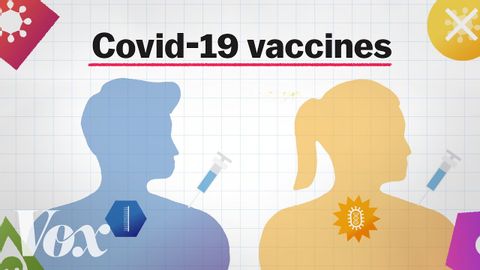mRNA疫苗,解釋 (mRNA vaccines, explained)
 沒有此條件下的單字
沒有此條件下的單字US /ˈprɑsˌɛs, ˈproˌsɛs/
・
UK /prə'ses/
- v.t.用電腦處理(資料);(依照規定程序)處理;處理;流程;加工;理解
- n. (c./u.)(規定的)程序;過程;進程;方法;法律程序;進程
US /ɪˈmjoon/
・
UK /ɪˈmju:n/
US /pænˈdɛmɪk/
・
UK /pæn'demɪk/
- adj.(疾病)大規模流行的,廣泛蔓延的
- n.大流行病
US /ˈɪmˌpækt/
・
UK /'ɪmpækt/
- n.衝擊;碰撞
- v.t./i.撞擊(某人或物);影響;阻生
